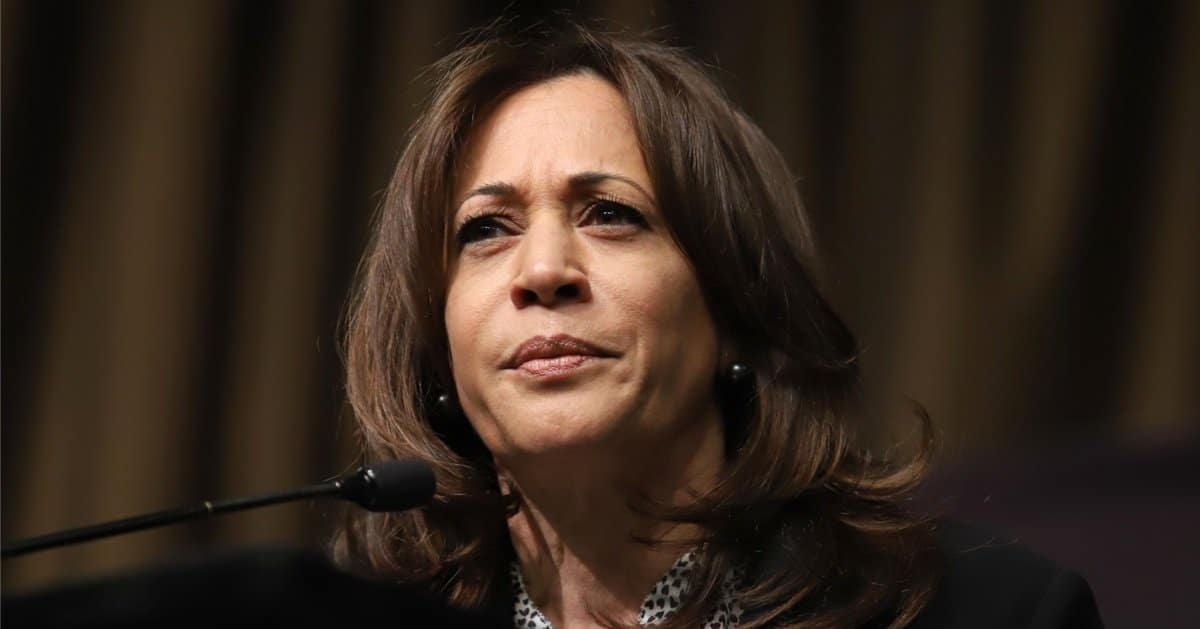





Democratic Party leaders are weighing the consideration of urging Supreme Court Justice Sonia Sotomayor to step down before President-elect Donald Trump assumes office, highlighting a strategic concern as their Senate majority diminishes.
Fox News reported that with Republicans gaining control of the Senate in the 2024 elections, Democrats face a limited two-month window to prevent Trump from potentially appointing Sotomayor's successor.
The election outcome has sparked a pivotal discussion among Democrats on whether to request Sotomayor's immediate resignation.
This move is aimed at safeguarding the liberal seat by securing a Justice appointment under the current administration and Senate majority.
The shift in Senate control to Republicans marks a significant turning point, as it impacts the Democrats' ability to influence judicial appointments effectively. The urgency to act arises because, once Trump is inaugurated, the Republicans will have greater control over any Supreme Court nominations.
Democratic leaders are considering the potential consequences of asking Justice Sotomayor to retire conditionally.
A Democrat senator, speaking to Politico Playbook, mentioned, "She can sort of resign conditionally on someone being appointed to replace her." However, there are inherent risks. If a nominee isn't confirmed before the transition, it could lead to an unfilled vacancy for the next administration to address.
The possibility of a Republican-appointed successor fuels Democratic concerns about the future of the Court's ideological balance. The idea of Sotomayor stepping down becomes a strategic necessity for some Democrats, although it poses substantial difficulties in execution.
There is a crowded legislative agenda to navigate in this interim period, making it challenging to prioritize a Supreme Court appointment. Additionally, internal resistance could arise from members reluctant to challenge Sotomayor’s position.
The mention of D.C. Circuit Judge J. Michelle Childs as a potential nominee reflects the Democratic efforts to prepare for such scenarios. Her consideration underscores the strategic need to swiftly move forward if an opportunity arises.
Time is of the essence, with Democrats contemplating whether to devote their limited leadership tenure to elevate lower-court judgeships. This decision hinges on their strategic assessment of the likelihood of a successful Supreme Court appointment.
Further complicating the prospect of a quick confirmation are the potential Senate votes needed for a consensus. The role of retiring Sen. Joe Manchin, I-W.Va., is particularly precarious, as his votes might not align with broader Democratic aims.
According to another remark by a Democratic senator, the issue of conditional resignation remains a political gamble. "She can’t resign conditioned on a specific person. What happens if she resigns and the nominee to replace her isn’t confirmed, and the next president fills the vacancy?" they questioned, highlighting the risk of leaving a seat open for a Republican choice.
The current political landscape's impact on the judiciary's composition is resonating deeply within the Democratic Party. The broader implications of these decisions extend beyond the immediate term, potentially shaping the Court for generations.
Simultaneously, the intense schedule leading up to the end of the Democratic Senate majority complicates these considerations. The strategic prioritization of issues and appointments becomes a juggling act with significant long-term ramifications.
The judiciary's future is a central concern for Democrats navigating the transition period's political intricacies. Their decisions will determine the Democratic Party's influence on federal courts, particularly in this pivotal period before writing new chapters in U.S. judicial history.
The fate of Justice Sotomayor's position is emblematic of more extensive strategic debates within the Democratic ranks, marking a crucial juncture in the party's engagement with the judicial branch. The complexities of appointing a Supreme Court Justice under these circumstances weave a narrative still unfolding as political and judicial maneuvers continue to evolve.



